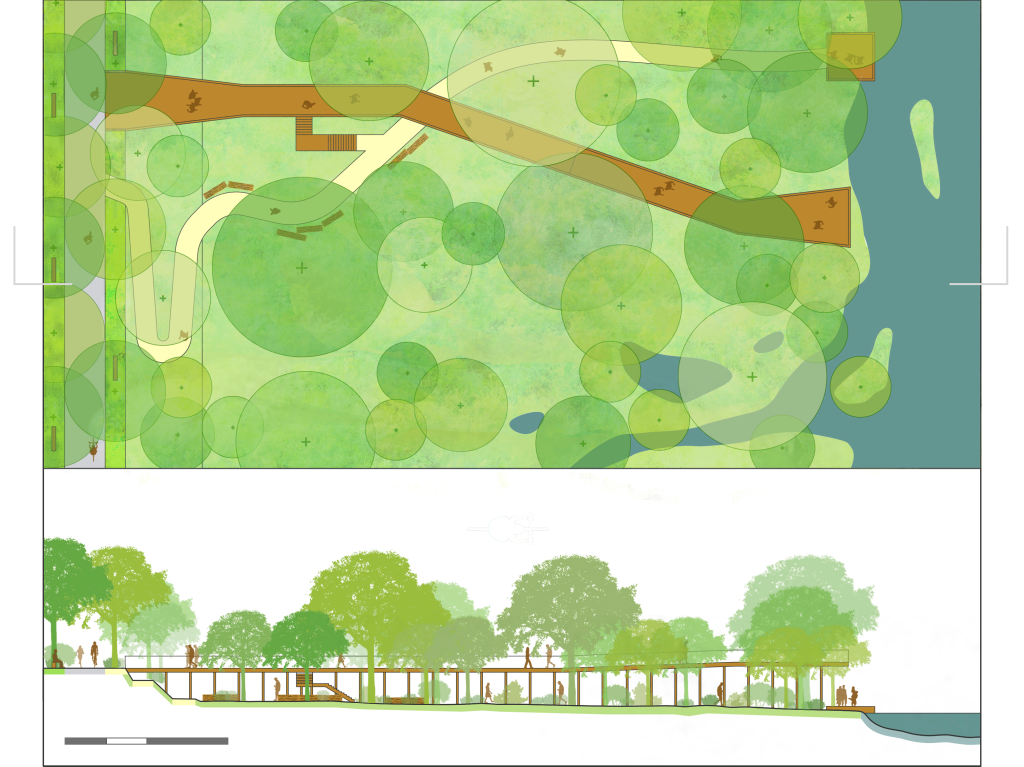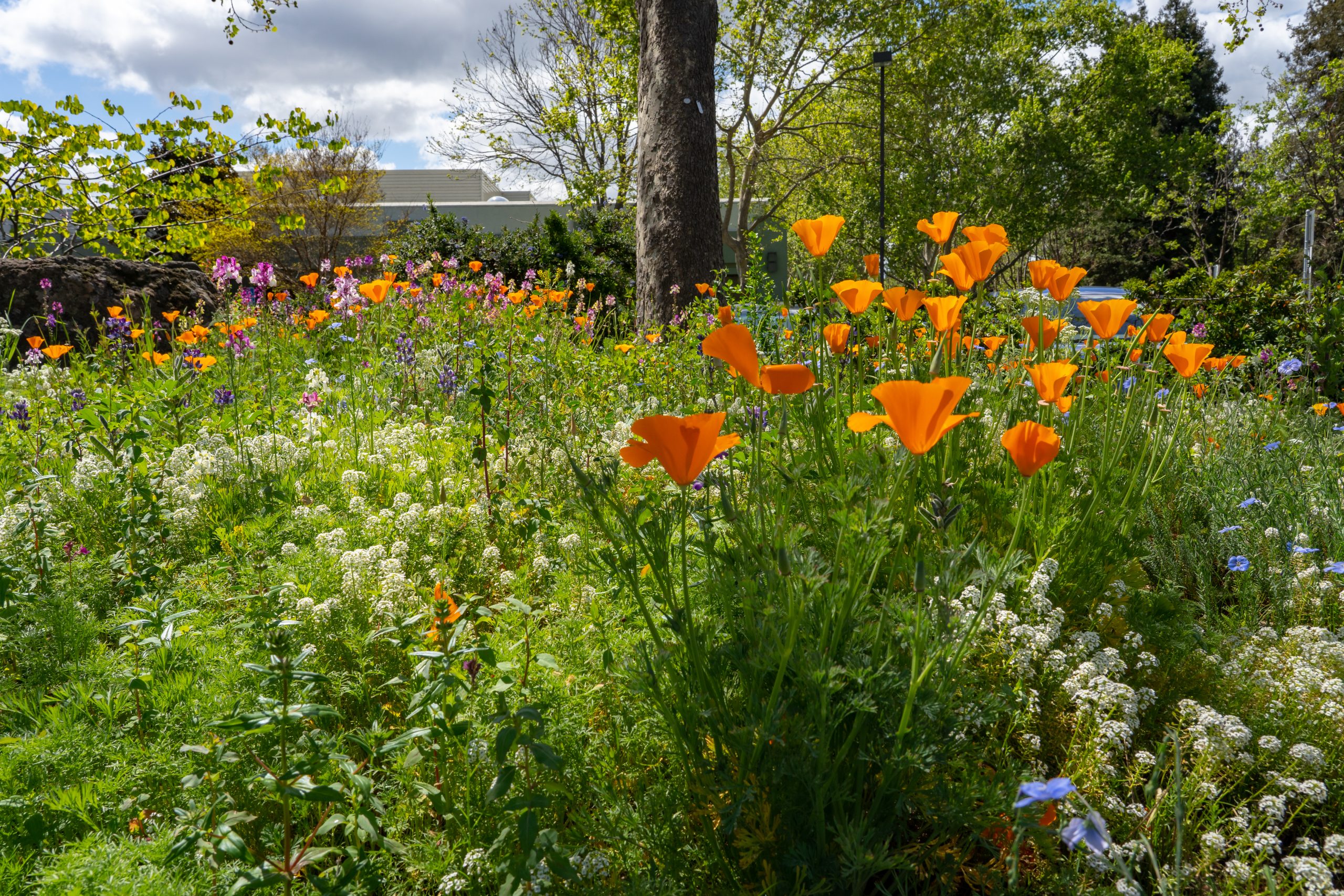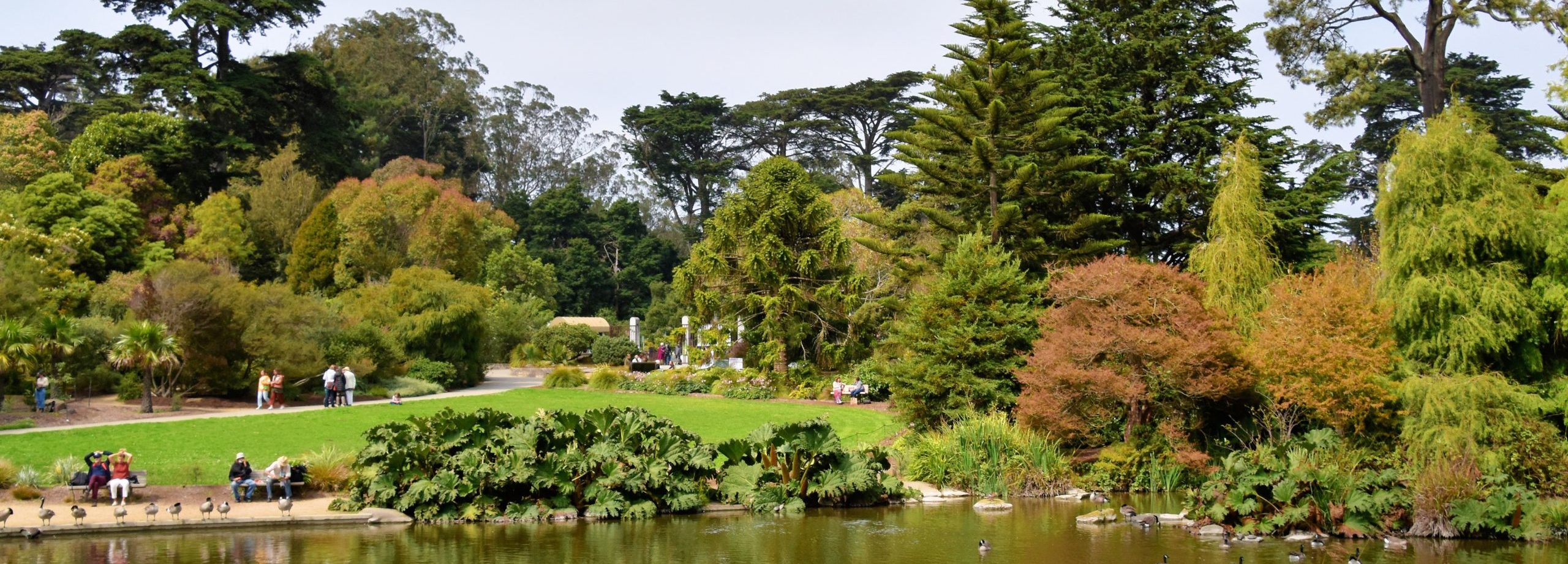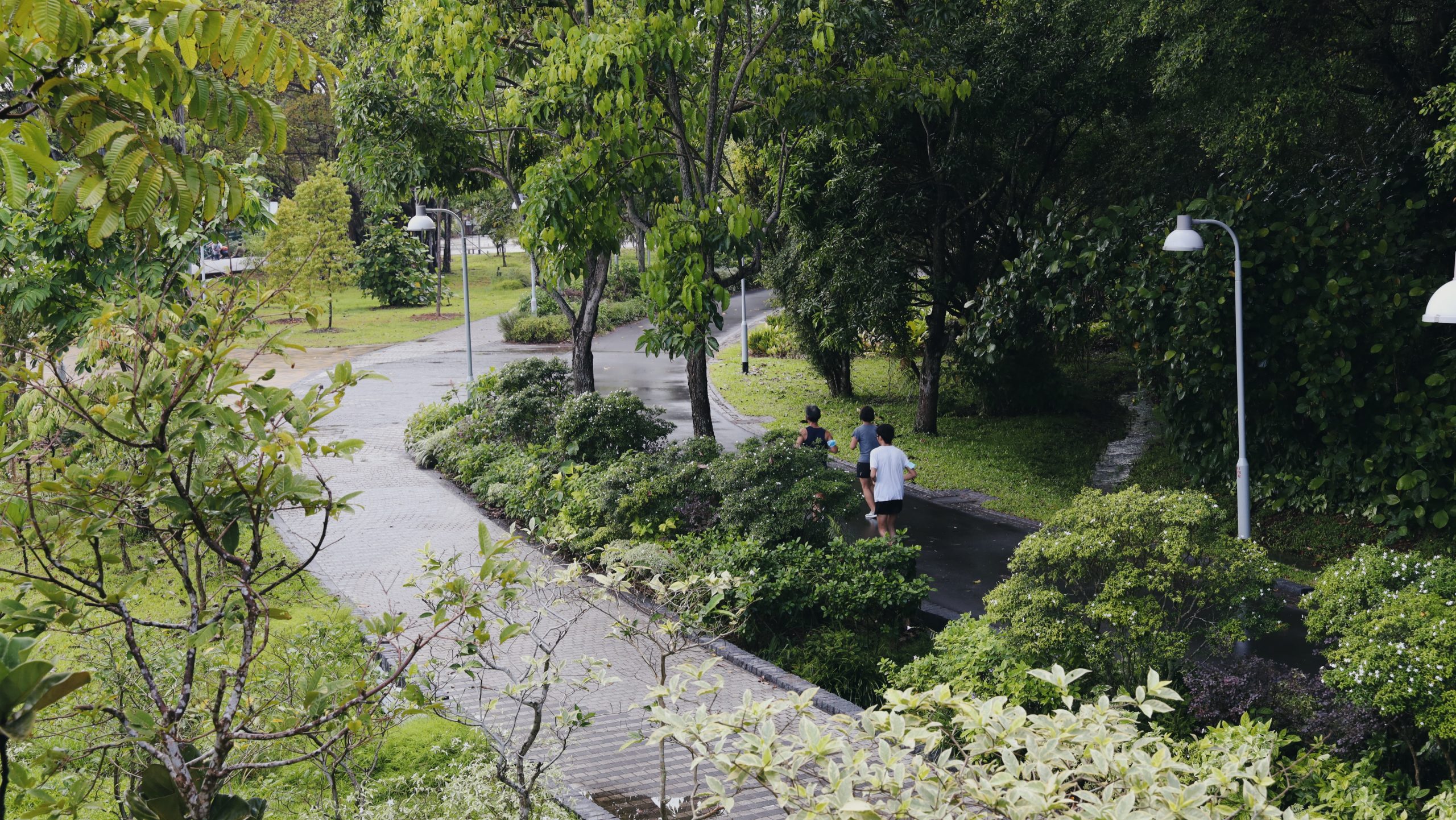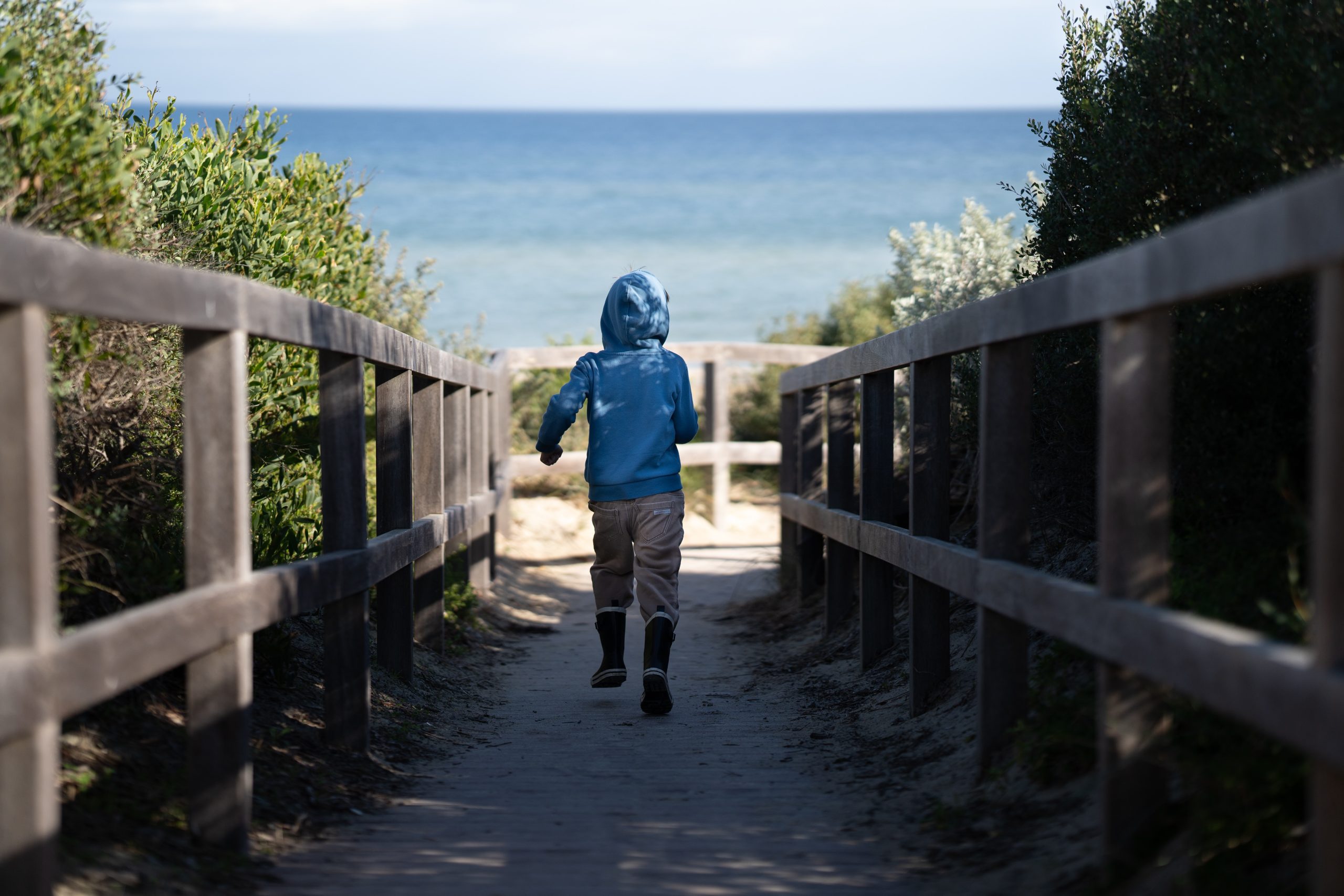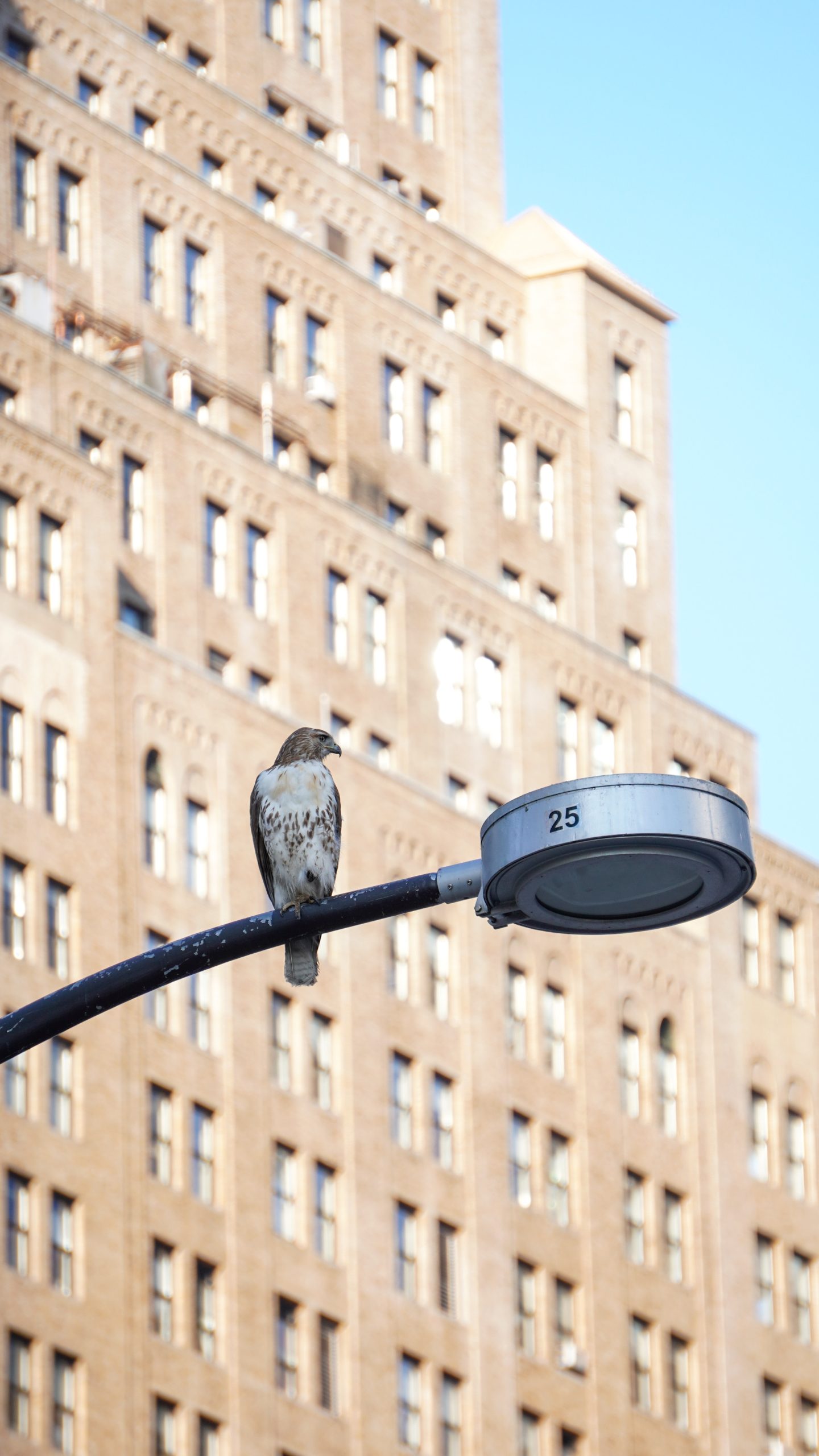Waterfronts
Image credits: Mark Harpur, Unsplash
Urban waterfronts are strips of land along a coast, river, or other water body (sometimes referred to as bluespace). They vary widely in degree of development and physical form and can include areas of developed high ground, natural or constructed levees, floodplains, riparian forest, and wetlands.
Biodiversity role:
Waterfronts often support unique species assemblages due to their proximity to water. They function as ecotones, spanning from terrestrial to aquatic habitats, and also provide corridors for wildlife to move along the shoreline.
Human health role:
Waterfronts can provide recreational opportunities such as walking, swimming, kayaking, and fishing, as well as views of water, which have been associated with improved wellbeing.
Key tensions and tradeoffs:
Physical access to water bodies is an important component of recreation in waterfronts. If not properly designed for, human and pet access can damage sensitive habitat and valuable natural features such as streambanks and dunes. Aquatic habitats are often highly sensitive to urban stressors, so development near these features can limit their ecological value.
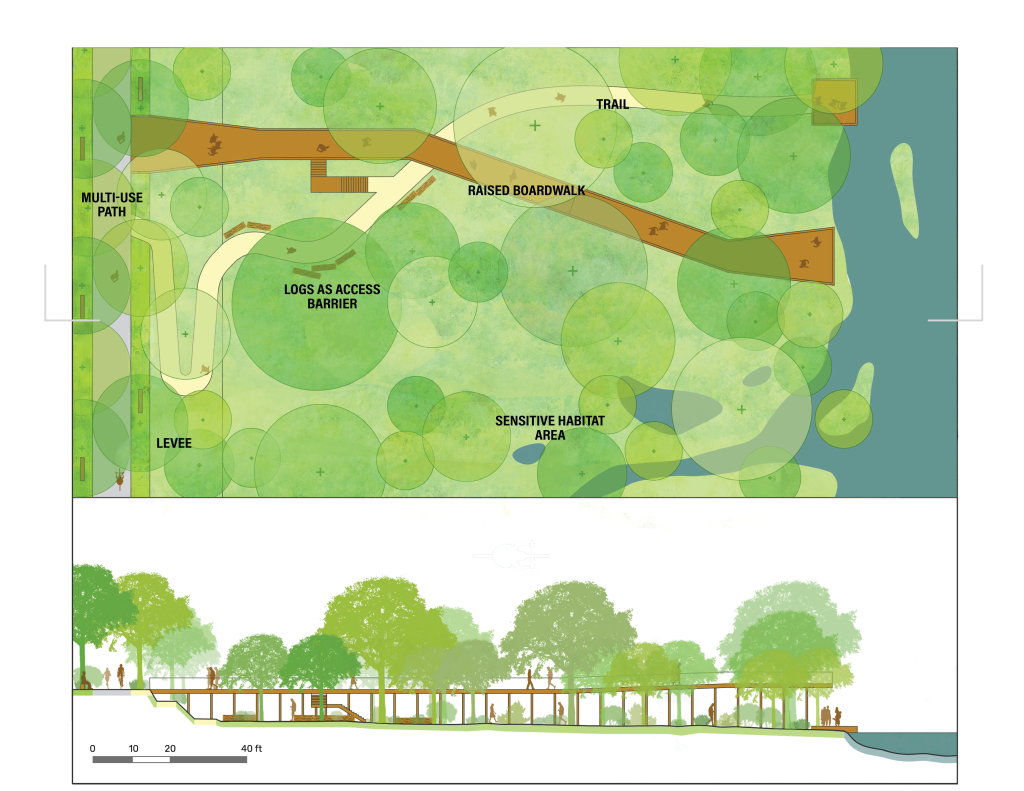
Visual corridors
Raised boardwalks and overlooks can be used to provide views for people without impacting riparian vegetation. Seating and picnic tables allow for extended enjoyment.
Multi-use trail
Provide a multi-use trail to accommodate all non-motorized uses, ages, and abilities to promote higher levels of physical activity and lower levels of cardiometabolic disease. Constructing trails along existing levees can minimize the need for new land disturbance. Floodable trails allow for natural processes in floodplains.
Physical access to water
Direct physical access to the water creates opportunities for swimming, fishing, and boating. Research suggests that connections to the water through recreation and citizen science can improve health and wellbeing in addition to facilitating greater waterfront stewardship.
Setbacks and wildlife buffers
Site trails, pathways, and recreational spaces at a minimum of 200’ from marine high tide line and 100’ away from other critical or sensitive habitat. Sea level rise threatens to drown many marshes, so plans should include space for marshes to migrate inland over time.
Natural Edges and Ecotones
Maintain natural shore edges where possible. Methods that harden shorelines can have a significant negative impact on ecology, including loss of shallow water and wetland habitat as well as an overall decline in habitat in the immediate area. Natural edges can provide comparable stabilization benefits and resilience.
Vegetation Structure
Along many streams and lakes, riparian trees provide important cooling and habitat structure. Shading can help ensure that water temperatures are not too hot for aquatic wildlife.
Allow for Physical Processes
Re-establish hydrologic and geomorphologic processes to boost resilience and long term function. Design features can include sea wall setbacks to allow for beach formation, river-floodplain reconnections to provide space for contained seasonal flooding, and marshes for wave attenuation.
Click on each image subtitle on the left to learn more
Visual corridors
Raised boardwalks and overlooks can be used to provide views for people without impacting riparian vegetation. Seating and picnic tables allow for extended enjoyment.
Multi-use trail
Provide a multi-use trail to accommodate all non-motorized uses, ages, and abilities to promote higher levels of physical activity and lower levels of cardiometabolic disease. Constructing trails along existing levees can minimize the need for new land disturbance. Floodable trails allow for natural processes in floodplains.
Physical access to water
Direct physical access to the water creates opportunities for swimming, fishing, and boating. Research suggests that connections to the water through recreation and citizen science can improve health and wellbeing in addition to facilitating greater waterfront stewardship.
Setbacks and wildlife buffers
Site trails, pathways, and recreational spaces at a minimum of 200’ from marine high tide line and 100’ away from other critical or sensitive habitat. Sea level rise threatens to drown many marshes, so plans should include space for marshes to migrate inland over time.
Natural Edges and Ecotones
Maintain natural shore edges where possible. Methods that harden shorelines can have a significant negative impact on ecology, including loss of shallowwater and wetland habitat as well as an overall decline in habitat in the immediate area. Natural edges can provide comparable stabilization benefits and resilience.
Vegetation Structure
Along many streams and lakes, riparian trees provide important cooling and habitat structure. Shading can help ensure that water temperatures are not too hot for aquatic wildlife.
Allow for Physical Processes
Re-establish hydrologic and geomorphologic processes to boost resilience and long term function. Design features can include sea wall setbacks to allow for beach formation, river-floodplain reconnections to provide space for contained seasonal flooding, and marshes for wave attenuation.
Relevant Design Details
Design details are non-site specific strategies to include throughout the design and management of all urban greenspaces. Typical contexts and documents in which these strategies may be relevant include: (1) Project design and construction documents (ex. site plans and design details, planting schedules, and specifications); (2) Design standards and typical details for a park system or other greenspace type; (3) Operations and management plans.

